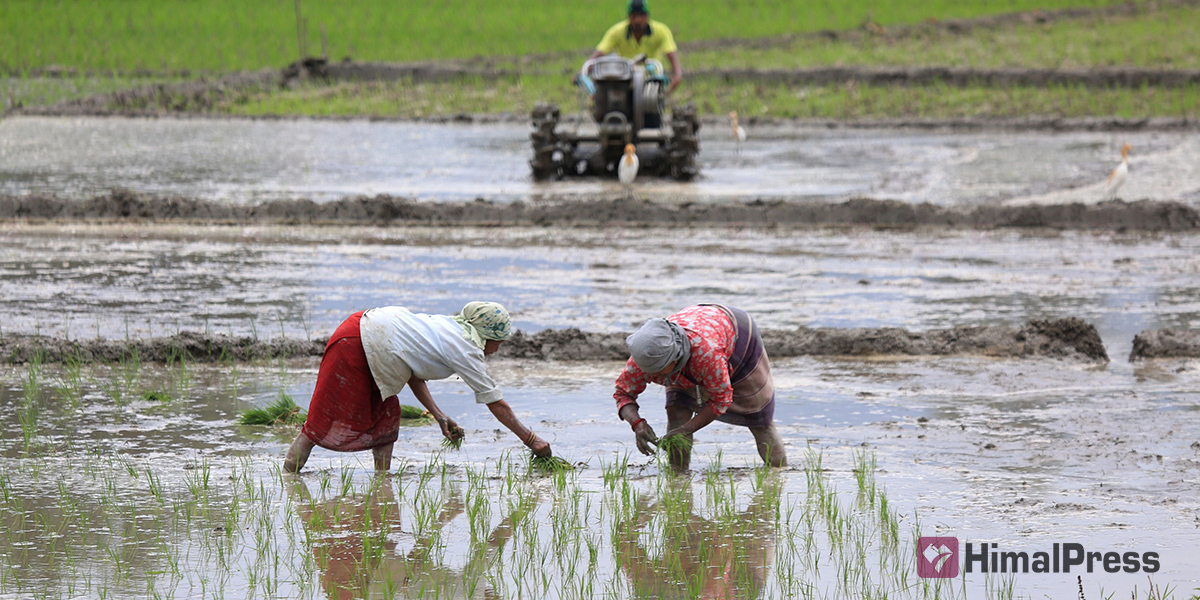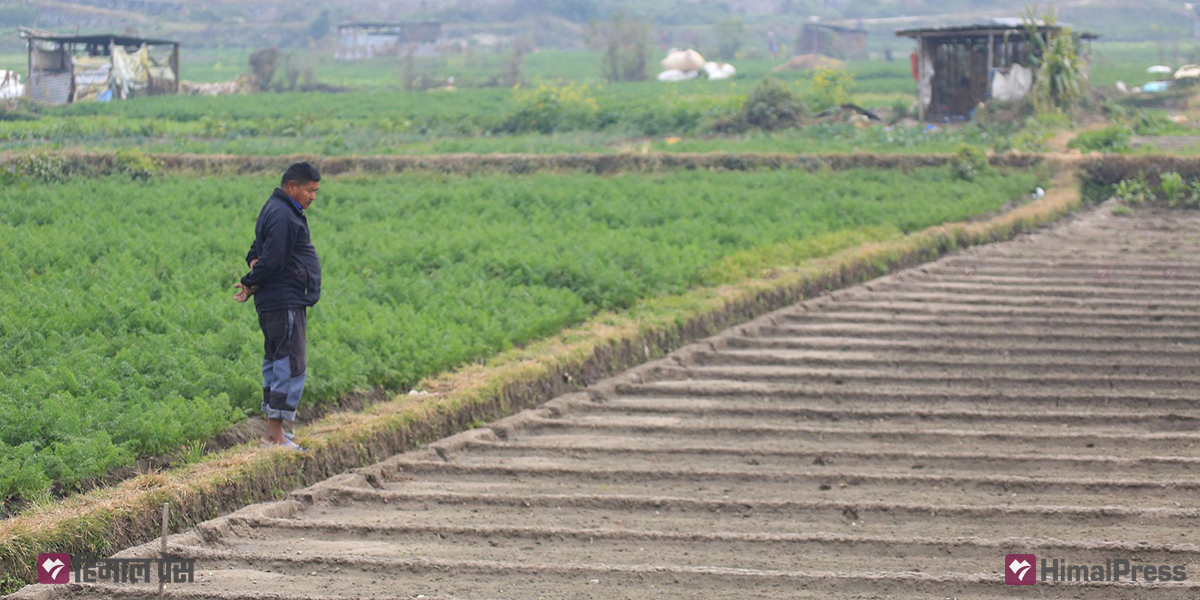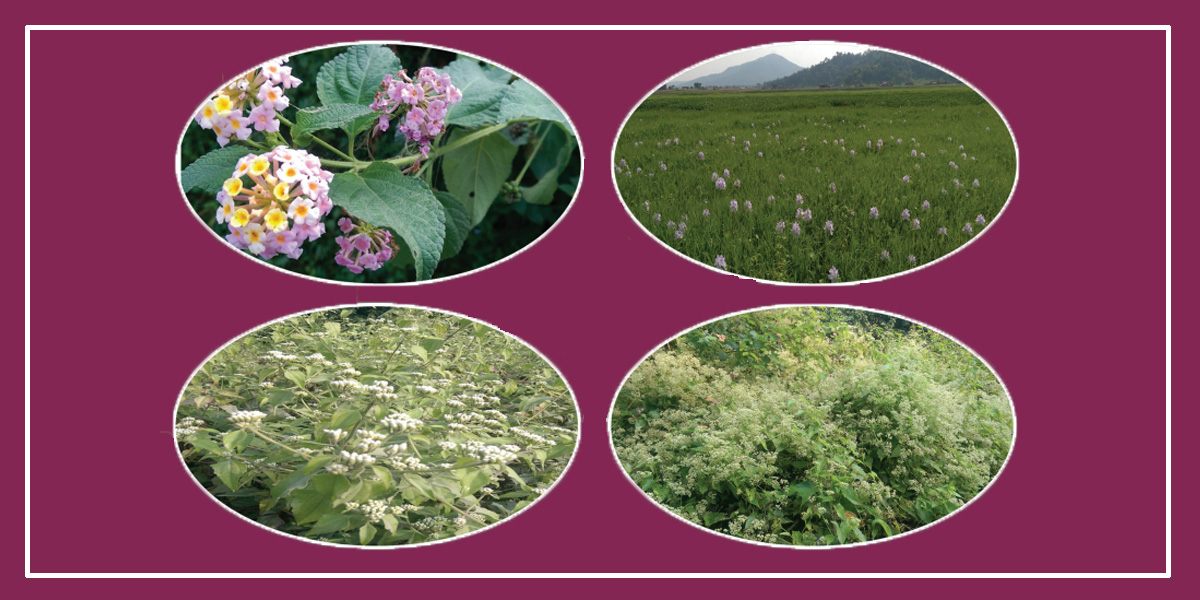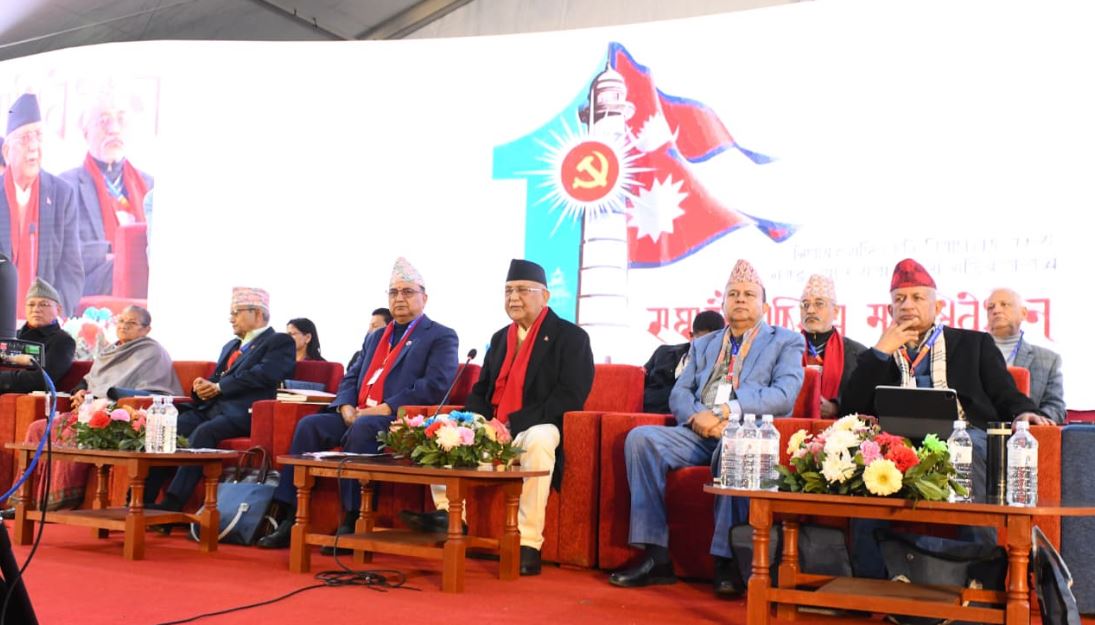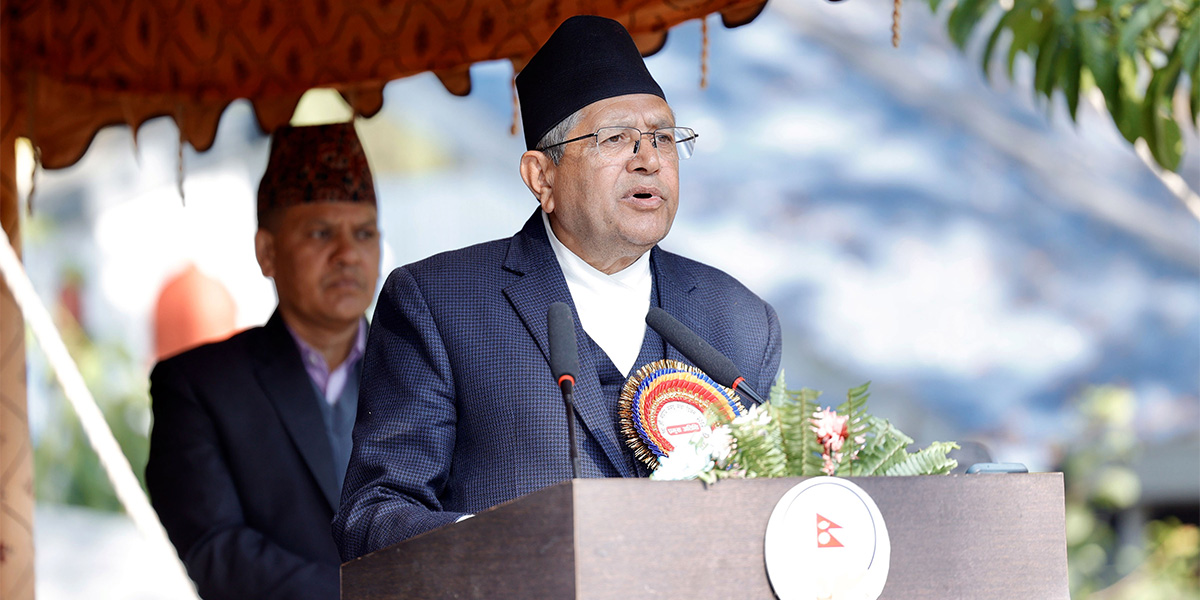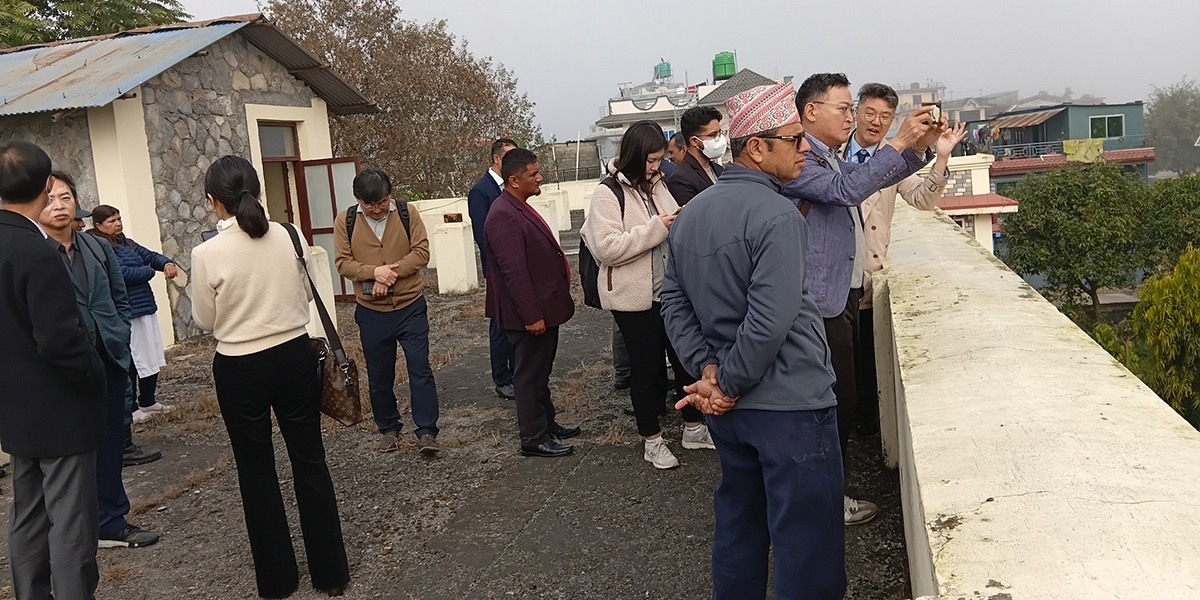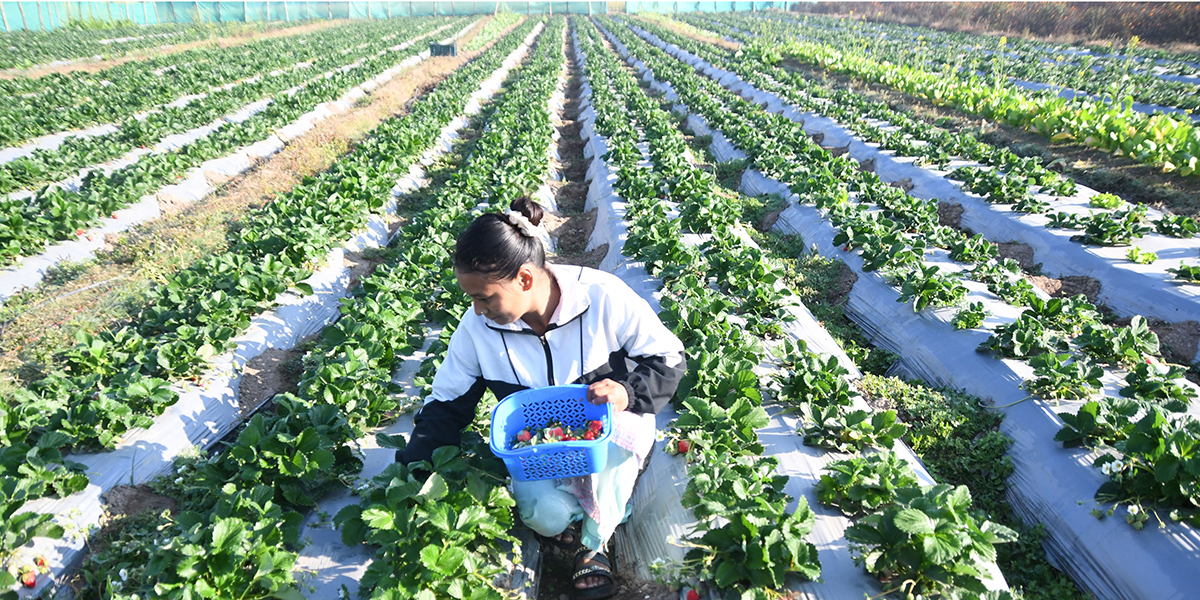 A farmers harvests strawberry at a farm in Jhingaura in Dhorahi-14 in Dang. Photo: RSS
A farmers harvests strawberry at a farm in Jhingaura in Dhorahi-14 in Dang. Photo: RSS
KATHMANDU: Nepal is increasingly becoming reliant on imports for essential agricultural products. Even everyday products like rice, corn, wheat, dairy products, tea, lentils, mushrooms, fish, meat, and edible oil, etc, are being imported in large quantities as local production cannot meet the burgeoning demand.
Even officials from the Ministry of Agriculture and Livestock Development acknowledge that the import of farm products is increasing despite their efforts to bring such imports down.
Data released by the Department of Customs shows that Nepal imported agricultural products valued at Rs 327 billion in the fiscal year 2022/23. While government officials claim that they are implementing various programs to stimulate agricultural production, growing imports shows such programs are not becoming effective.
Govinda Prasad Sharma, Secretary of the Ministry of Agriculture and Livestock Development, said that the government remains committed to increasing farm output. “The government is dedicated to increasing productivity by addressing obstacles to farming. We have observed a recent surge in the number of agricultural entrepreneurs, with youths showing increasing interest in this sector in recent years,” he stated. “While it will be challenging to meet domestic demands immediately, our focus is on gradually reducing dependency on imports.”
The government’s data, however, tells a different story. In recent years, not only has agricultural production come down, the attraction of youth toward the profession is declining. A recent study conducted by the ministry revealed an increase in fallow land across the country due to the diminished interest of youths in farming.
Although government studies in the past showed some 1.7 million people are involved in farming. A study conducted showed last year that the number has dwindled to 1.1 million. “The decreasing number of people involved in farming is attributed to a significant portion of youths seeking opportunities in foreign job destinations,” added Sharma. “Interestingly, the registration of agricultural firms has shown an increase.”
The government has made budgetary allocations for programs such as subsidies, development of basic infrastructure, market access, research and study, farm mechanization, and promotion of small, medium, and large agricultural enterprises. In the current fiscal year, the government has earmarked Rs 58.98 billion for the ministry, which is Rs 3 billion more than the allocation in the last fiscal year.
While the government says farm output is increasing gradually, the country faced a severe shortage of sugar and rice as well as chemical fertilizers in 2023. Although paddy production has seen an increase, farmers lament that they are not getting fair prices. As a result, they are hesitating to sell paddy.
The ministry has projected paddy production for this year to reach 5.6 million tons.
60% of vegetables come from India
About 60% of vegetable demand in the country is met through imports from India. The Kalimati Fruit and Vegetable Market, the country’s largest vegetable market, relies heavily on Indian produce. This pattern is consistent in most of the vegetable markets across the country, the ministry’s annual study shows.
Indian vegetables easily flood the Nepali market, while domestic farmers face difficulty in finding a market for their produce. Farmers in places like Kavre, Chitwan, Makwanpur, and certain Tarai districts were forced to dump tomatoes, cucumbers, and cabbages, among other crops, due to a lack of market access.
Agricultural expert Dr Hari Dahal said that farmers require improved market access for their produce more than concessional loans or government grants. “The government should focus on building cold storage facilities and providing seeds, fertilizers, and other inputs at reasonable rates to support farmers,” Dr Dahal said. “In the lack of such initiatives, there is a sense of despair among farmers.”
Dahal also highlighted that government subsidies have been misused for the past four decades. “Instead of merely promising grants and subsidies, the government should address the actual challenges faced by farmers,” he asserted. “Additionally, there is a need for the government to ensure proper management of the highly-skilled workforce in the agriculture sector.”
According to the Nepal Agriculture Census, 2021, the number of farming households has increased to 4.13 million compared to 3.83 million a decade ago. However, it also reveals a decline in the involvement of youths in farming and a reduction in the overall farm area.


